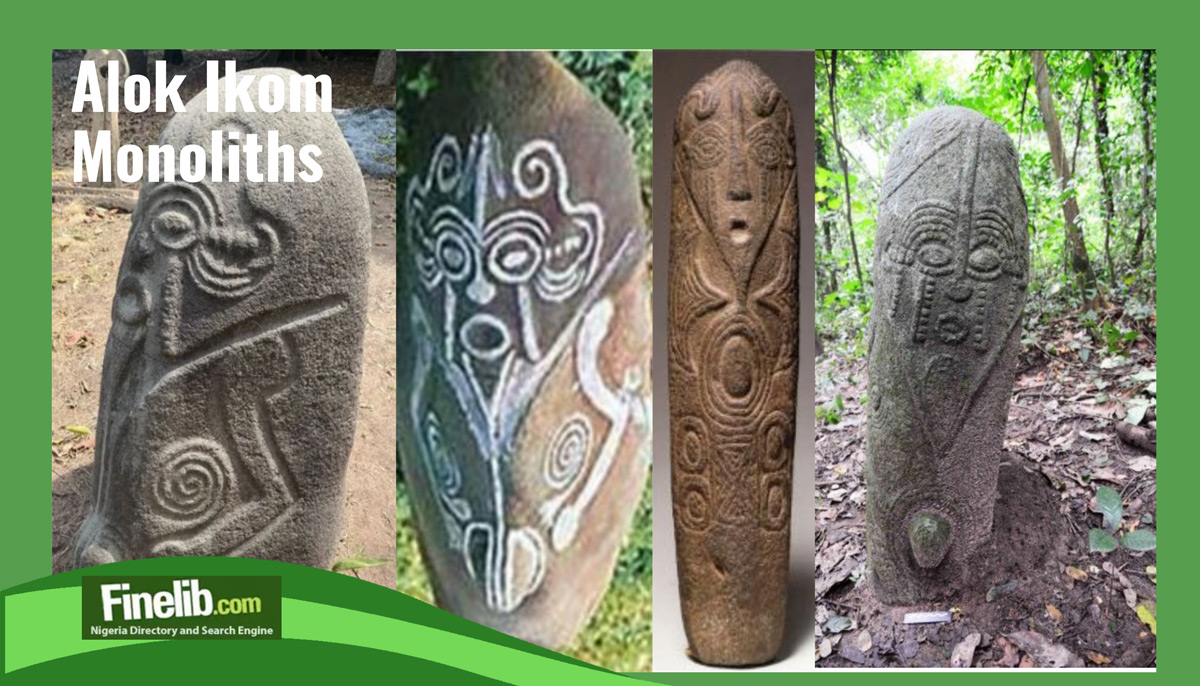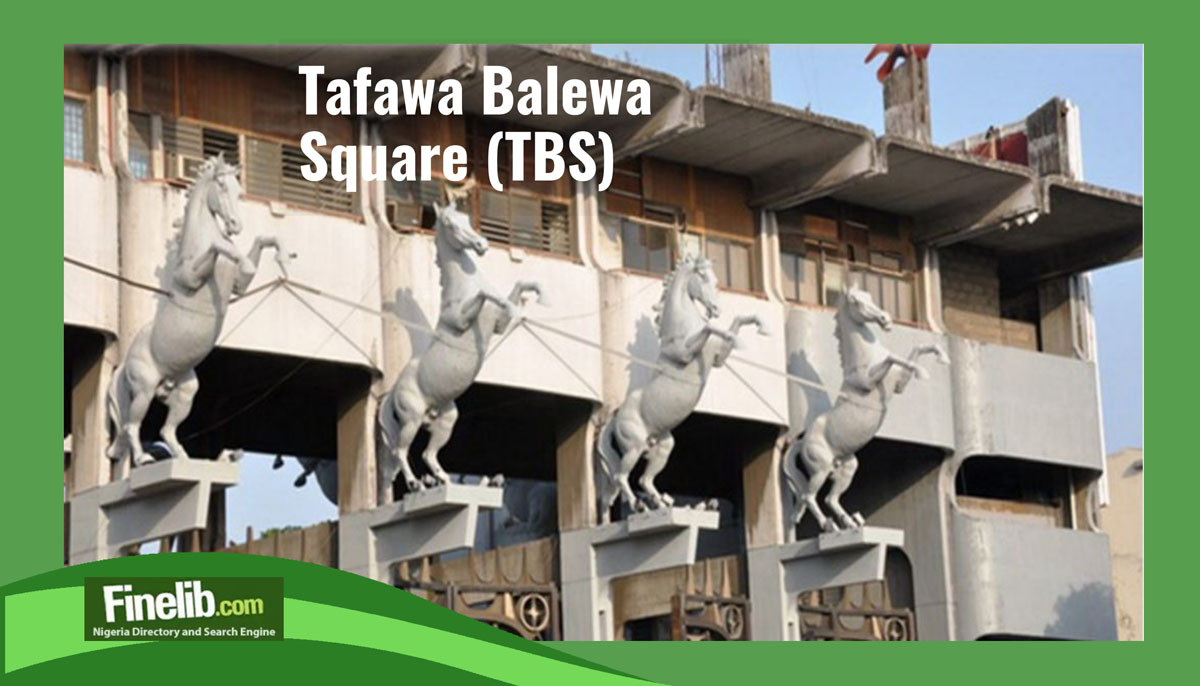The Alok Ikom Stone Monoliths: Unveiling the Secrets of Nigeria and Cameroon's Ancient Treasures

Discover the mysterious world of the Alok Ikom stone monoliths, a collection of remarkable carved stones that have captivated archaeologists and historians for centuries.
Nestled in the Cross River State of Nigeria and parts of Western Cameroon, these ancient treasures glimpse a lost civilization dating back at least 1500 years.
Join us as we delve into the mysteries surrounding these monoliths, their cultural significance, and the ongoing efforts to preserve and understand their secrets.
Unveiling the Monoliths
The Alok Ikom stone monoliths consist of approximately 300 upright carved stones, meticulously arranged in perfect circles that often face each other.
These imposing structures, varying in height from 1 to 2 meters, are silent witnesses to a forgotten era. While erosion, weather, and human interference have taken their toll on some of these monoliths, their inherent beauty and intricate carvings intrigue researchers.
The Language of the Stones
One of the most fascinating aspects of the Alok Ikom monoliths is the intricate carvings and inscriptions covering their surfaces.
These carvings, featuring repeating patterns, stylized faces, and mysterious texts, have long puzzled experts.
Linguists and researchers believe these inscriptions represent a form of writing and visual communication, potentially holding the key to unraveling the secrets of an unknown civilization. However, despite extensive study and analysis, the true meaning of these carvings still needs to be discovered.
Cultural Significance and Ritual Practices
The Alok Ikom monoliths hold deep cultural significance for the communities in the region. Many stones are found at the center of villages or serve as gathering places for village elders, highlighting their importance in communal life and decision-making processes.
These monoliths represent ancestors, with some villages arranging them in twelve circles, symbolizing the connection to the past and the perpetuation of ancestral wisdom.
A Glimpse into the Past
Through their existence since 200 AD, the Alok Ikom stone monoliths offer a significant understanding of the region's earlier enthralling. These tall stones consist predominantly of basalt, a type of rock. Some are from sandstone or limestone. The area displays a variety of rock types.
The carvings depict anthropomorphic features, emphasizing the human face and often including intricate details such as navels. Each stone possesses a unique design, suggesting individual craftsmanship and creativity.
Conservation Challenges and Efforts
Preserving the Alok Ikom monoliths poses significant challenges due to environmental factors and limited resources. Exposure to extreme weather conditions, including heavy rainfall and intense heat, has contributed to the erosion and deterioration of the stones.
Additionally, the monoliths face the threat of theft and vandalism, further endangering their survival. Recognizing the importance of safeguarding these ancient and valuable items is growing, despite the inherent difficulties. Various organizations and initiatives are working towards ensuring their safety.
Current Research and Future Discoveries
Ongoing research continues to shed light on the Alok Ikom stone monoliths and the civilization that created them. Collaborative efforts between archaeologists, linguists, and local communities aim to decipher the inscriptions and unravel the cultural significance of these extraordinary artifacts.
As technology advances, new methods such as 3D scanning and digital documentation offer innovative ways to study and preserve these monoliths, ensuring that their legacy endures for future generations.
Alok Ikom Monoliths in Museums
Several examples of Alok Ikom monoliths can be found in museums worldwide, providing opportunities for a broader audience to appreciate and study these ancient relics.
The British Museum, renowned for its diverse collection, houses a medium-sized example of an Alok Ikom monolith with distinct human facial features.
This inclusion in prestigious museum collections highlights the global significance of these monoliths and their enduring impact on archaeology.
The Significance of the Alok Ikom Monoliths
The Alok Ikom stone monoliths hold immense cultural and historical significance for the local communities and the broader understanding of Africa's rich heritage.
Their existence challenges preconceived notions about the continent's ancient civilizations and invites us to explore the complexities and diversity of its past.
As efforts to preserve and study these monoliths continue, we inch closer to unraveling their secrets and gaining a deeper appreciation for the ingenuity and artistry of the people who created them.
How to Get There
Getting to the Alok Ikom Stone Monoliths, a UNESCO World Heritage Site in Nigeria, requires some planning. Here are the general steps to help you get there:
1. By Air: The closest major airport to the Alok Ikom Stone Monoliths is Margaret Ekpo International Airport in Calabar, Nigeria. From there, you can hire a taxi or public transportation to reach Ikom, the nearest town to the site.
2. By Road: Ikom is in Cross River State, approximately 70 kilometers north of Calabar. You can hire a car or take a taxi from Calabar to Ikom. The journey usually takes one to two hours, depending on traffic and road conditions.
3. Local Transportation: Once you reach Ikom, you can hire a local taxi or public transportation to contact the Alok Ikom Stone Monoliths. Ask for local directions or use a reliable navigation app to locate the site.
4. Entrance and Guided Tours: The Alok Ikom Stone Monoliths are open to visitors, and there might be an entrance fee to access the site. You must check the visiting hours and any restrictions before your visit. Consider hiring a local guide who can provide information and insights about the monoliths' history and cultural significance.
Safety Precautions
As with any travel, it is vital to take necessary safety precautions. Ensure you have travel insurance, stay hydrated, and bring sun protection, as the weather can be hot. It is also advisable to respect the site and follow any rules or guidelines the authorities provide.
Remember to plan your visit, check the current situation, and consider the local customs and practices. The Alok Ikom Stone Monoliths are a unique cultural site, and visiting them can be a fascinating experience for history enthusiasts and those interested in Nigerian heritage.
Conclusion
The Alok Ikom stone monoliths are silent guardians of a forgotten era, beckoning us to unravel their mysteries.
As we explore the intricate carvings, the cultural significance, and the ongoing efforts to preserve these ancient treasures, we gain a greater appreciation for the rich history of Nigeria and Cameroon.
The Alok Ikom monoliths serve as a testament to the ingenuity, creativity, and resilience of the civilizations that came before us, and they inspire us to continue our quest for knowledge and understanding of our shared human heritage.
Additional Information:
· The Alok Ikom monoliths are on the UNESCO World Heritage Tentative List.
· Efforts to preserve the monoliths face challenges such as limited resources and the need for community involvement.
· The British Museum holds a medium-sized Alok Ikom monolith in its collection.
· Ongoing research aims to decipher the inscriptions and understand the cultural context of the monoliths.




